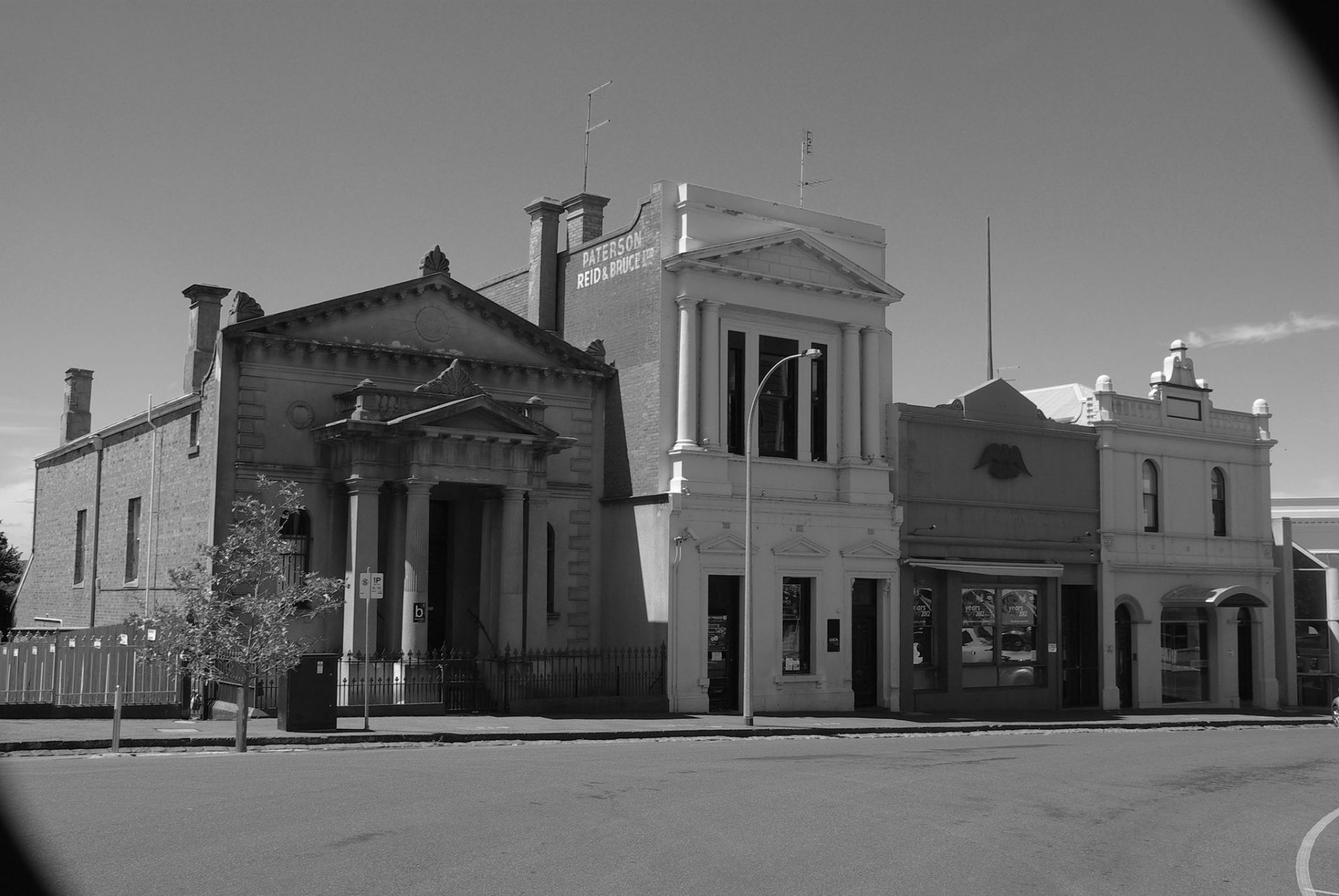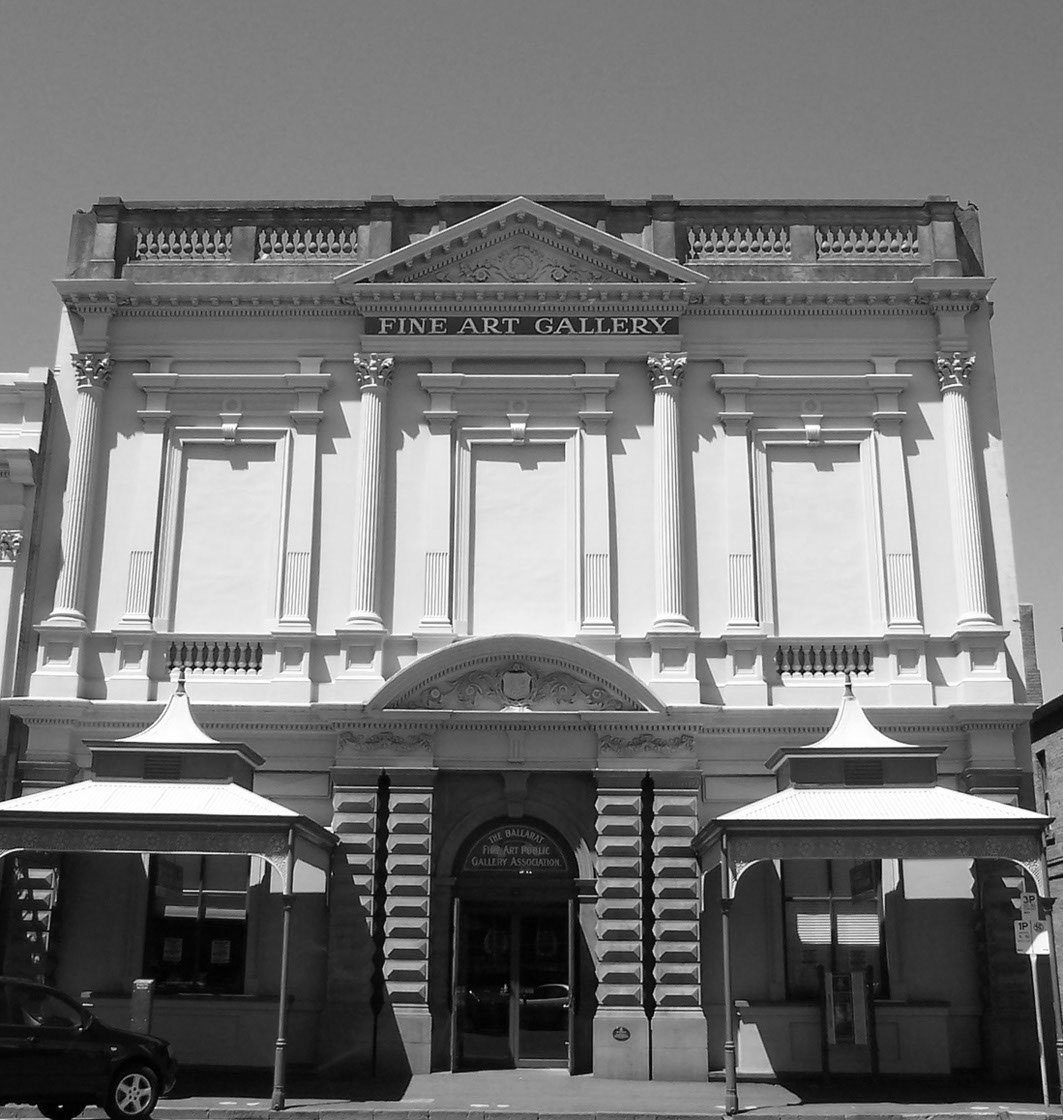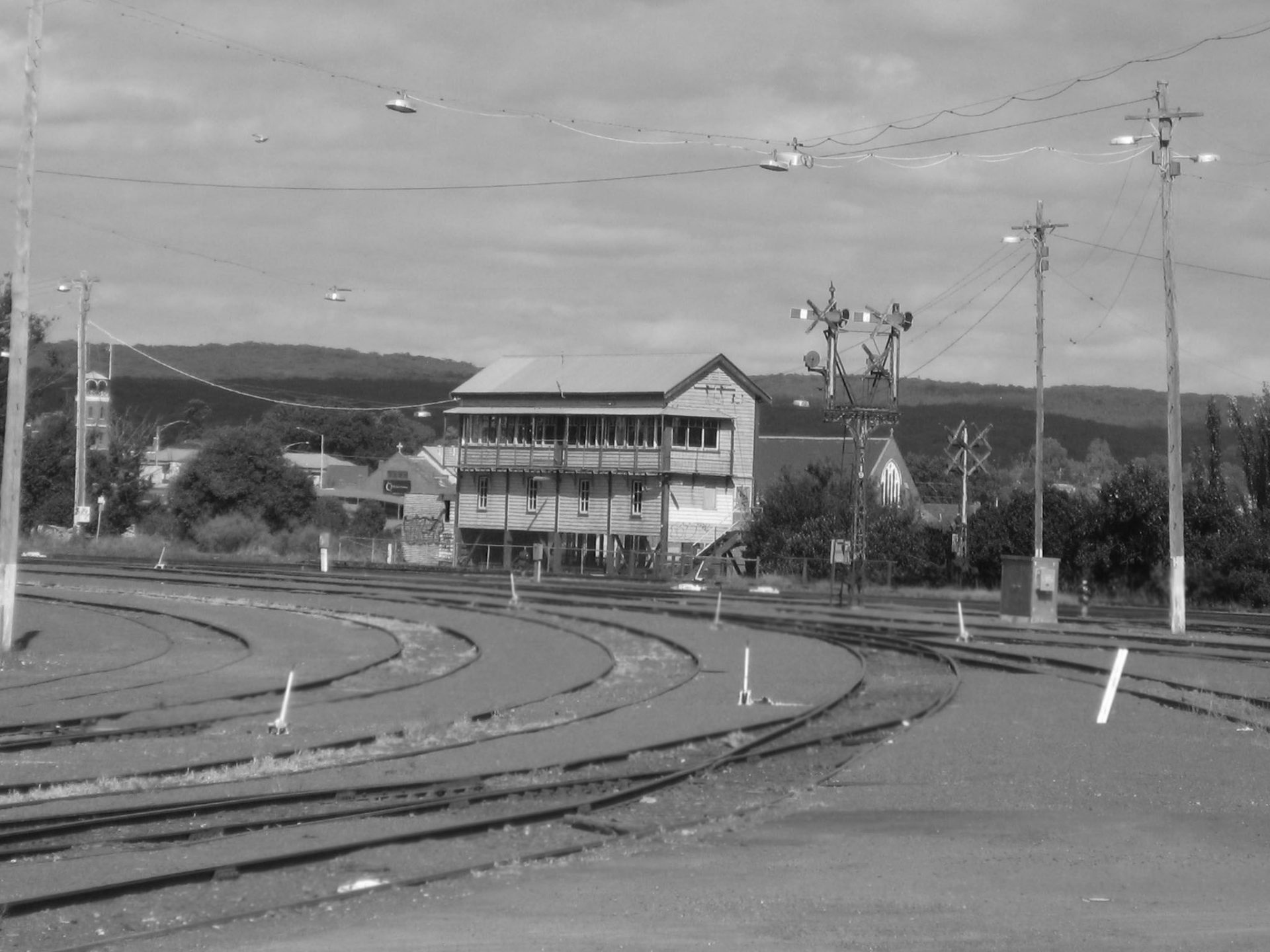Hints for Searching Gold Miners
Dorothy Wickham
Sometimes gold miners on the Victorian goldfields during the early 1850s are difficult to trace. Early mining was alluvial. As soon as one gold field was finished the rush to a new field began. The miners were itinerant. They often alternated work on the gold fields with labouring and farming work and can often be found at several localities within a very short time. Some worked on the goldfields and then went to the city to spend the spoils of their labour. If they moved around they are difficult to locate, especially if they have a name such as Jones or Smith! You can never be sure which Smith or Jones is which, and it is wise to use secondary research material if it is available to prove the identity of an ancestor.
The gold miners were hard working. There was constant noise and work, both day and night, on the gold fields. There was often no time for recording baptisms or other events. It was also not compulsory to record marriages, births or deaths in Victoria until 1853. Some marriages are not recorded due to the fact that itinerant preachers did not call often enough to the out-lying districts, or their records to not reach the required destination. The only mode of transport was horse or horse drawn vehicle, which was considerably slower than the automobile! There were also charlatans on the gold fields who duped people into thinking they were preachers, “married” them, took their money and departed. The marriages were never registered and were not legal – but the parties concerned did not know this and thought that they were legally married!
Some miners could not read or write. This poses many difficulties. Some were semi-literate. Names are often misspelt. Even in the recording of events for the government registers there could be errors of spelling. Imagine the predicament if an Irish or Scottish person with a broad accent came to register a child’s birth and the person writing down the information was a not too literate Englishman with his own broad accent! This would be particularly trying if the Scottish or Irish person were illiterate and could not check to see if the information was written down correctly! We are indeed fortunate that any information at all is available!
The Colony of Victoria separated from New South Wales in July 1851. This was when the gold rushes began, after James Esmond discovered payable gold at Clunes on 1 July 1851, and was rewarded by the government for the find. Paper work was still being sorted out between the colonies. There was no supreme court in Victoria until 1852.
Due to the gold rushes beginning in 1851, there was a huge population explosion in the new colony of Victoria. The infrastructure was not in place to handle the amount of persons moving around the colony. The situation was unique. The task was mammoth and the government was stretched to the limit to provide the services required. We are fortunate and indebted to William Henry Archer, the Government Statist, who formulated and implemented many of the structures on which even the records of today are based, including the compulsory registration of Victorian Births, Deaths and Marriages in 1853.
If your your ancestor was a gold miner in the Victorian Gold fields area and you cannot trace him the following points should be considered.
- Check all areas in the region or locality. Remember that many gold miners followed new rushes. They simply picked up their tents and belongings and walked or rode to the new field.
- Check maps of the localities in the region. These often have first landowners recorded on them. Your miner may have struck it lucky and bought some land for himself and his family.
- Find out the dates that rushes occurred. This may give some indication of the movement of miners.
- For the early period (ie 1838 to 1851) check New South Wales records. Remember that Port Phillip District was under NSW jurisdiction until separation in 1851.
- Check births, deaths, and marriage’s to locate a family. This is sometimes very helpful and so simple it is often overlooked. If you can trace a family to a particular area, you can then access the information from that particular place and apply for help from the local historical or genealogical society.
- Check all burials. A premature death of a child is often recorded on a tombstone at a cemetery, and not registered in the birth, death, and marriage records.
- Check all possible spellings of surname. Surnames can be misspelt by a person indexing or by an error of transcription.
- Check all church and school records even if they are not the supposed religion of the family. Often parents sent their children to the nearest school or the school they considered best for their children’s education. This is not always the denomination of the religion that they followed!
Further hints on researching in the Ballarat district can be found in the book Family History Research on the Central Goldfields of Victoria (For further details click on ‘Books’). The book includes contact details and opening hours for many organisations in the region,








